_01.png?crc=4174553115)
Cover Story
Research
People
Books
Archive
Download PDF
Download PDF
E-book version
Teaching
and Learning
Knowledge
Exchange
Dr Veronica Lam Suk-fun, Senior Lecturer in the School of Nursing, and Chairperson of the Quality and Safety Education Subcommittee, was instrumental in the development of both the wards and the course. She explained that the newly named Li Shu Fan Medical Foundation Nursing Clinical Skills Laboratory and Simulation Training Centre is a redevelopment of a previous, smaller and less sophisticated sim ward.
“Simulation technology has become an effective teaching tool for many professions. It enhances students’ ability to provide care to patients competently and safely,” said Dr Lam. “We have created three simulated hospital ward environments, complete with men’s and women’s sections (housing four beds apiece) and equipped with everything a real ward would have – from bedhead and medical trunking, nurse call system and medicine trolleys to a phone line to a doctor should the nurse need help.
“The renovated wards offer nursing students the chance to work in a hospital environment but takes away the risk factor. Nursing students cannot practise a complicated or high-risk procedure on a real patient in a real busy hospital arena – it’s not fair on the nursing students nor on the patient. But they can practise this kind of procedure on a high-fidelity simulator without risk of doing harm.”
HKU has been using sim mannequins for eight years now, having originally bought five adult and five baby mannequins back in 2009. These are all still in use but for the new sim wards six additional high-fidelity adult simulators were purchased. Uncannily realistic, they have pulses over limbs, a heartbeat, are able to bleed and urinate, and they have eyes that automatically blink, water and appear to watch. Student-nurses can practise everything from wound dressing and changing blood bags, to giving artificial respiration and caring for conjunctivitis.
On the wards, nursing students train using a mixture of various levels of mannequins and ‘standardised patients’, a term for actors who feign symptoms of an illness, which the students then have to assess, diagnose and proffer the correct treatment.
In the middle of the wards is the control room equipped with the latest audio-visual (AV) and computer equipment. As the students go about their tasks, the AV records everything on computer. The teachers/trainers can then show the young nurses the video and debrief them on what they did right and wrong and how they could have done it better. Sometimes teachers monitor in real time as the students carry out tasks, at others they record and go through it later. But whether a teacher is there or not, the fact that the nurses are on wards on their own really boosts the efficacy of the exercise.
”It feels like they are on a real ward, doing a real job and they are making decisions themselves based on what they have been taught,” said Dr Lam. “The students can immerse themselves in the ward environment. The best lessons are when we have a mix of the mannequins and standardised patients on the ward – it feels uncannily real.”
Inter-professional training
In future, there are also plans to use the sim wards for other professional training, such as pharmacy students and trainee doctors. “We plan to have inter-professional training,” said Dr Lam. “It’s all about making it real – in real life nurses don’t work alone.”
In addition to the hospital wards, the Nursing School has set up separate scenarios for students to practise their community nursing. There is a cramped one-room apartment with bunk beds, an old people’s home, a public housing estate flat and a more up-market private apartment equipped for a person in a wheelchair.
“These are all situations in which students will have to work if they become involved in community nursing,” said Dr Lam. “The rooms simulate the realistic challenge of having to, for example, change a wound dressing in a cramped, and perhaps none too clean, flat.”
The School of Nursing has also had some fun with their state-of-the-art ‘androids’, which they used to do a Mannequin Challenge for the School of Nursing Facebook group, all set to Justin Bieber’s song If I Was Your RN. It is impressive that in the video the only person who blinks is one of the mannequins!
Dr Lam, who is in the video, said: “As well as being fun, the Mannequin Challenge is an attempt to reach out to the younger generation and encourage more to go into nursing. There is a shortage of nurses throughout the world and we’re finding new ways to show youngsters that it’s a meaningful career that can take you to so many places. The sim wards and community rooms introduce new technology for the new generation, and we want to show them that with the skill set they will learn, you can work in the community, or overseas, or teach – and whatever you do, you enrich your environment.”
The commitment to new technology is ongoing: at the end of 2021, the nursing training facilities will be moved to a larger space on Sassoon Road where they will have room to expand to six sim wards, six nursing laboratories and six virtual reality laboratories.
Training future trainers
Enhancing the existing skills of experienced nurses and training the mentors of tomorrow are two of the main objectives of the introduction of the Advanced Training in Clinical Nursing Education programme, a collaborative effort with Hong Kong Sanatorium & Hospital, a network of partner hospitals and the School of Health Sciences at the University of Melbourne. The programme is funded by a charitable donation made by the Li Shu Fan Medical Foundation.
Comprising two workshops (Elementary and Advanced), the course aims to help experienced nurses, clinical mentors and nurse educators from both the public and private sectors in Hong Kong and staff in HKU-Shenzhen Hospital to improve and sustain their competence and expertise in clinical nursing practice. Around 270 nurses have benefitted so far.
“The idea is to ‘train the trainer’,” said Dr Lam. “They learn skills to take back to their own institutions, so they can foster a culture of mentoring there. Subjects covered include learning how to supervise new graduates and student-nurses in clinical and professional behaviour and how to give constructive feedback to students. We asked hospitals to recommend practising nurses who would make potential mentors. The programme benefits them by expanding possibilities for their future career potential.”
The control room is equipped with the latest audio-visual and computer equipment which allows teachers to monitor in real time as the students carry out tasks.
A group photo taken at the naming ceremony of the Li Shu Fan Medical Foundation Nursing Clinical Skills Laboratory and Simulation Training Centre.
The School has also set up separate scenarios including a cramped one-room apartment with bunk beds, an old people’s home, a public housing estate flat and a more up-market private apartment equipped for a person in a wheelchair, for students to practise their community nursing.
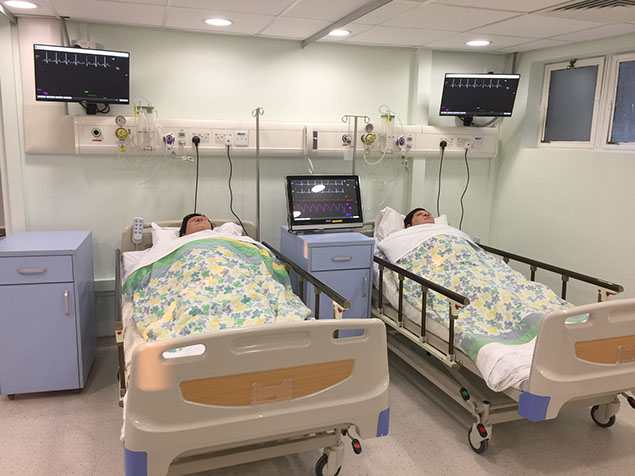
Nursing to a New Level
HKU’s School of Nursing has taken its commitment to training excellence up a level with the development of state-of-the-art simulated training wards and a new course in advanced clinical nursing.
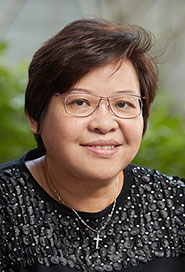
![]() The sim wards and community rooms introduce new technology for the new generation, and we want to show them that
The sim wards and community rooms introduce new technology for the new generation, and we want to show them that
with the skill set they will learn, you can
work in the community, or overseas, or
teach – and whatever you do, you enrich
your environment. ![]()
Dr Veronica Lam Suk-fun
Back
Next
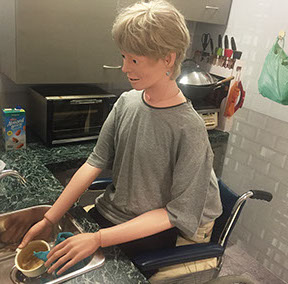
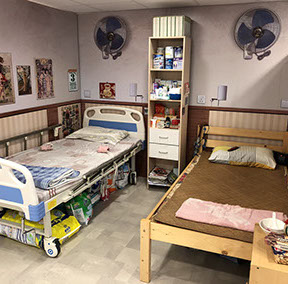
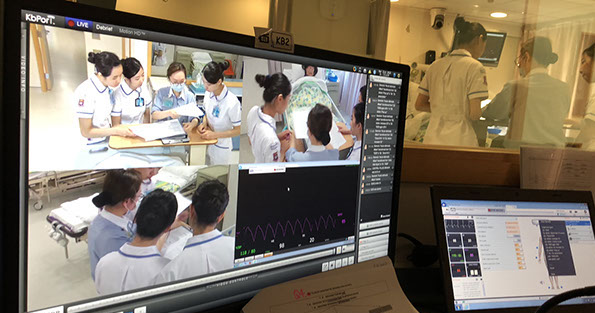
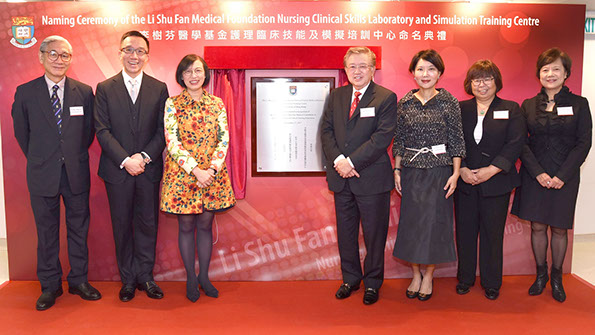
The newly renovated laboratory is equipped with sophisticated and computerised manikins and simulated clinical environment for students to practise total patient care and clinical decision making.
_12.png?crc=3983972701)